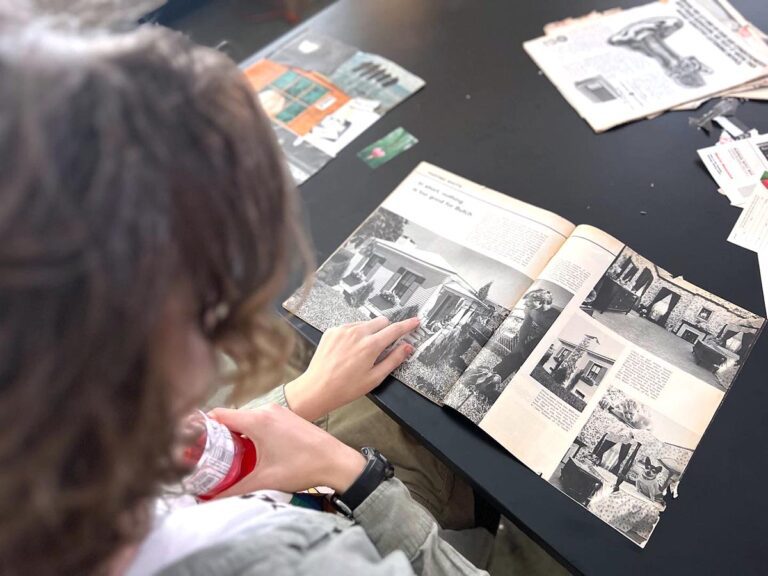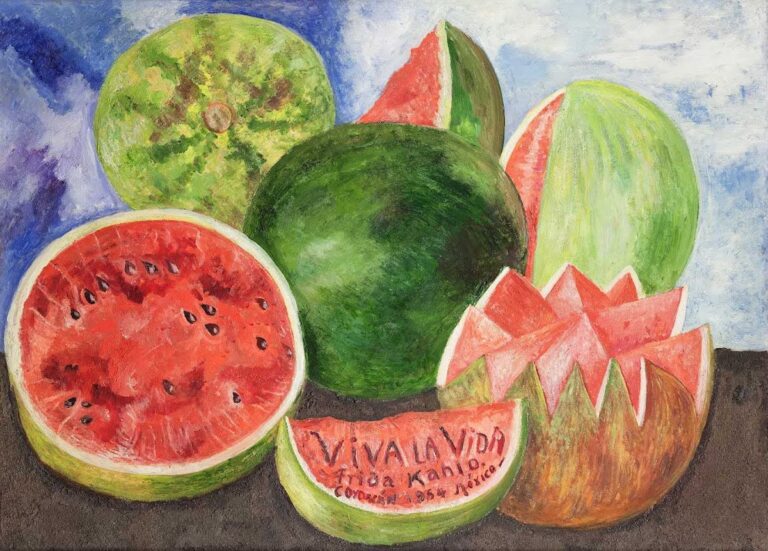Though the teaching philosophy has been around for years, Choice-Based teaching has recently become a hot topic in art education circles. Whether it be TAB (Teaching for Artistic Behavior), Modified Choice or even the Genius Hour, the concept of adding student- directed learning into the classroom has been up for debate. When discussing any current issue, it is not uncommon for the proverbial waters of true and false to become clouded. Choice-based teaching is no exception to this rule.
Today we will look at five common misconceptions about choice-based art education and the truth behind the myths.
Myth # 5. Choice Might Work For That Class But…
When discussing choice-based teaching with educators that are unfamiliar with the concept, it is not uncommon to hear comments such as, “That might work well in high school but not elementary.” The reverse is also common, “That makes sense for elementary, but I don’t see how it could work in high school.”
The truth is, there are teachers offering choice to students in every type of school, in every type of situation. Art teachers are offering choice-based art programs at elementary, middle and high schools around the country and around the world.
Myth # 4. My Students Can’t Handle Choice
Similar to the previous myth which divided classes by grade level, teachers dismiss choice-based options due to behavioral issues or even socioeconomic factors. A common statement might sound something like, “My school is low income. The students need structure.”
The socioeconomic structure of a school is irrelevant, as choice-based teaching has been implemented everywhere from large, inner city schools to small, rural settings. We should consider that children live up to our expectations and should not assume that any students can’t develop their own ideas.
Myth # 3. Budgets Are Tight, Kids Will Waste Materials
 Actually, this one is true. Budgets are tight and kids will waste materials. However, the definition of the term “waste” is defined by the art teacher’s perception. Here are two hypothetical examples to consider. In a teacher-led lesson, a student might spend a week’s time on an exercise only to drop it in the recycling bin on the way out the art room door. In a choice-based program, a student might explore the process of painting only to create mud. This work also may find its way to the recycle bin. In both situations, the student has used and discarded materials. However, to define the second situation as wasteful, would be to ignore the importance of exploration, understanding and play in learning.
Actually, this one is true. Budgets are tight and kids will waste materials. However, the definition of the term “waste” is defined by the art teacher’s perception. Here are two hypothetical examples to consider. In a teacher-led lesson, a student might spend a week’s time on an exercise only to drop it in the recycling bin on the way out the art room door. In a choice-based program, a student might explore the process of painting only to create mud. This work also may find its way to the recycle bin. In both situations, the student has used and discarded materials. However, to define the second situation as wasteful, would be to ignore the importance of exploration, understanding and play in learning.
Myth # 2. Choice Is A Free For All, Kids Just Do What They Want
Choice-based teachers, like all good teachers, plan the time, the space, the materials and the instruction for their students. Much thought is given to the instructional strategies incorporated into the classroom, including best practices for demos, one-on-one, small group, and large group teaching. The students are presented with information about tools, materials, procedures and concepts. The only difference between a student-directed and a teacher-directed classroom is that in a choice-based class, the students have the responsibility of applying what is useful to them for their individual needs.
Myth # 1. Choice Doesn’t Teach Skills
Perhaps the most frequent debate between student and teacher-directed instruction is the misnomer that skills are absent in a choice-based classroom. Teaching skills isn’t only a DBAE or TAB commodity. Neither side of the spectrum can claim teaching skills as theirs.
Some of the confusion is generated by the method skills are taught. Instead of the skills first, project to follow method, choice-based teachers often present skills as needed. In other words, after the project has been decided. Students apply these skills independently in new situations.
Perhaps ironic considering the topic of this article, many teachers have the ability to choose the pedagogy that works best with their personal philosophy. It’s okay not to have a choice classroom. There are superb art teachers on every line of the choice spectrum. However, whether we are considering choice-based teaching or merely curious about how it works, we have a responsibility to base our opinions on facts. It is only by true understanding, potentially by reading, better by asking, certainly by doing, that we can separate the truth from the misconceptions.
What are other possible myths you have heard about choice-based teaching?
What are your questions about running a choice-based model in your own classroom?
Magazine articles and podcasts are opinions of professional education contributors and do not necessarily represent the position of the Art of Education University (AOEU) or its academic offerings. Contributors use terms in the way they are most often talked about in the scope of their educational experiences.







